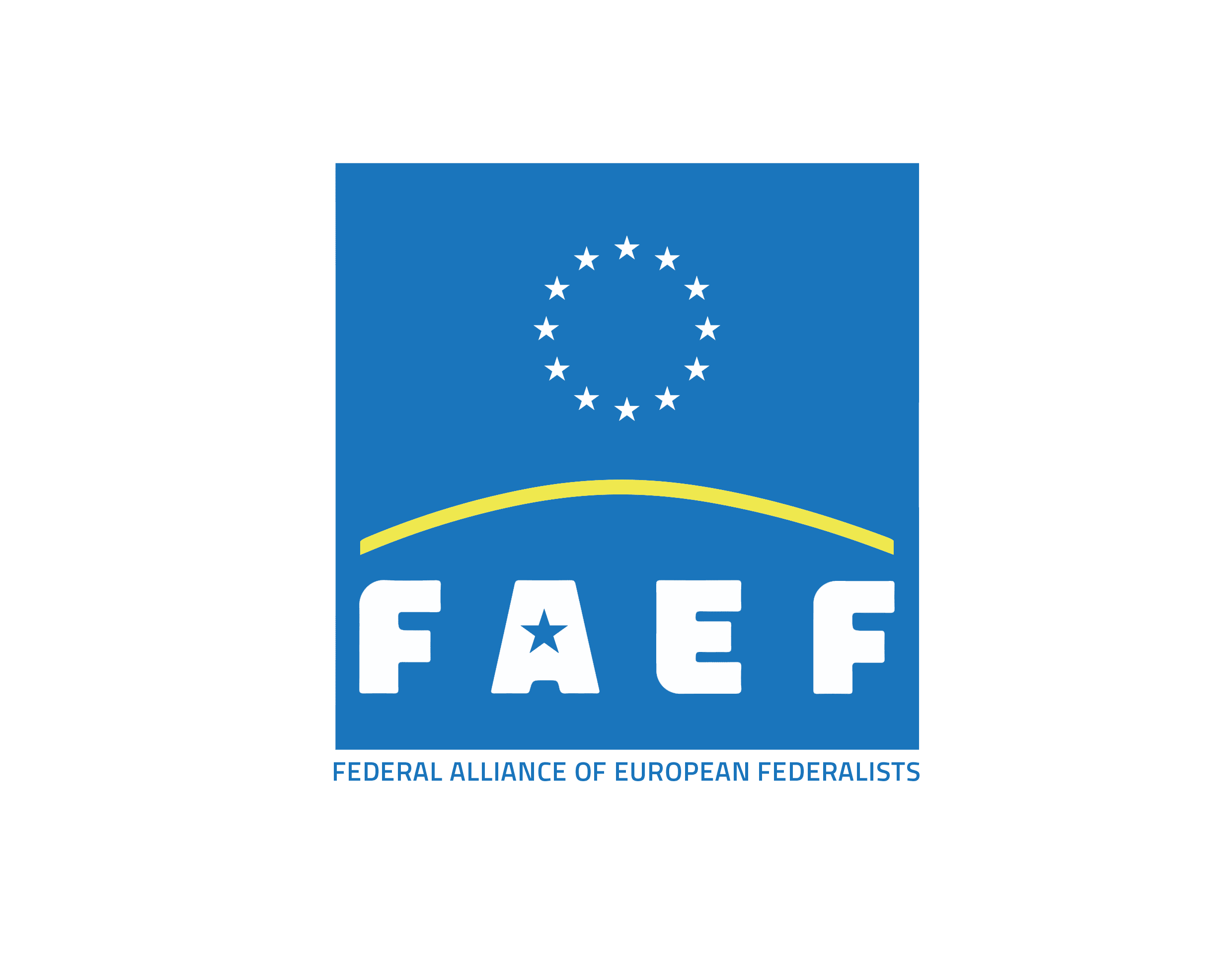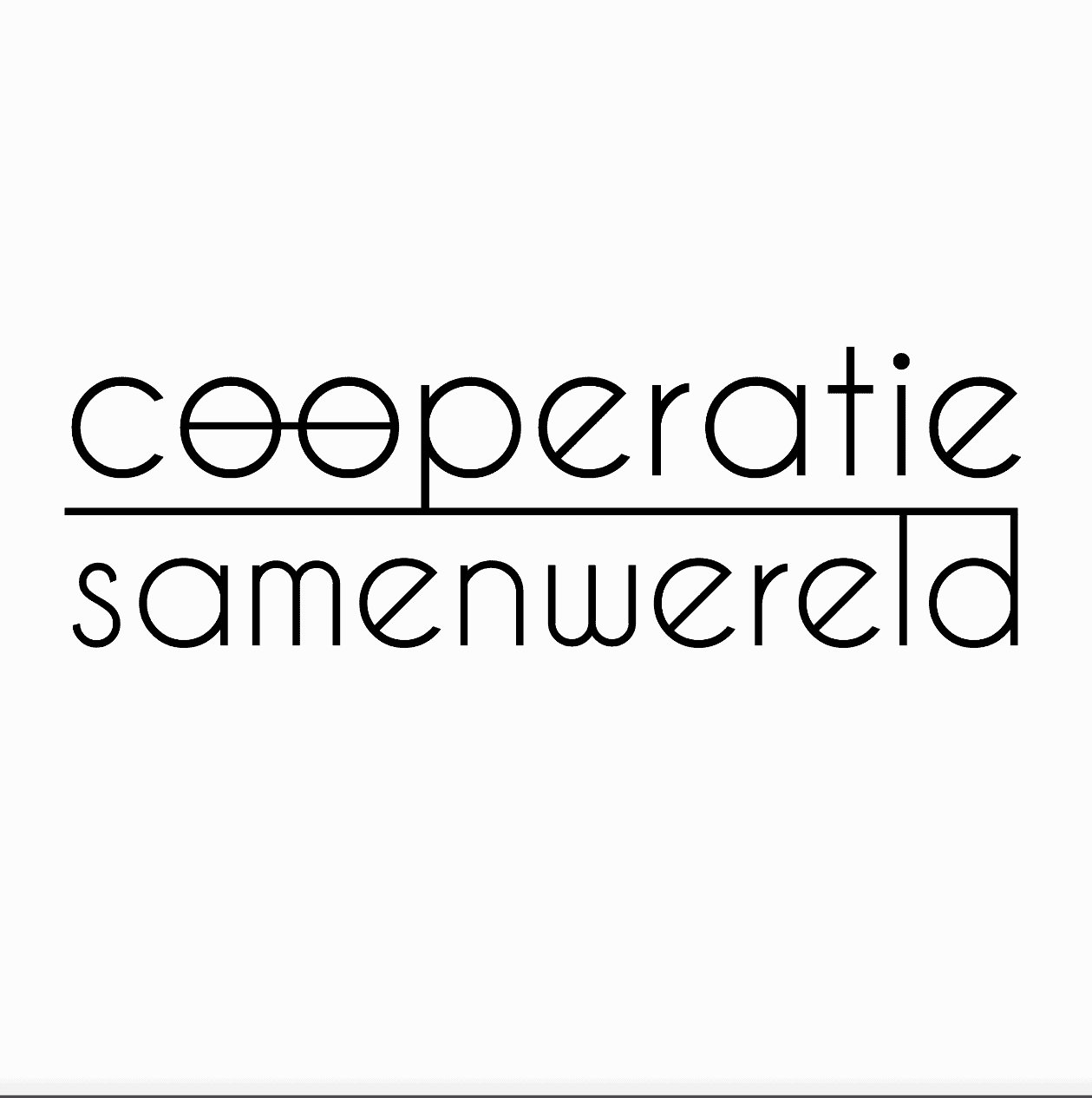7 Routes towards
A Body of Knowledge of Federalism
November 2017
Co-author European Federalist Papers
Co-founder SamenWereld
Co-founder FAEF
Between 1787 and 1789 the 13 former British colonies in North America threw their Confederal Treaty in the waste paper basket and replaced it with a federal Constitution of 7 articles: the birth of the United States of America. This American federal Constitution was entirely based on the valuable ideas of European political- philosophers. Remarkable, isn’t it?
This federal Constitution – later improved by the addition of 27 Amendments – proved to be an attractive model for other countries. At present, 40% of the world’s population lives within federal states. So, based on the valuable ideas of European political-philosophers. Again, remarkable isn’t it?
What did our European leaders do with these valuable ideas of European political- philosophers? Well, they did nothing with this European-originated conceptual framework of federalism. Once again, remarkable isn’t it?
From 1800 onwards, many attempts – some even led by the United Kingdom – to create the United States of Europe failed, due to political mismanagement and a lack of knowledge of the required constitutional foundation, essential to building a European federation. For over two centuries Europe failed to benefit from its own wealth of knowledge on federalization. Instead, Europe continued to opt for attempts at intergovernmental administrating, maintaining the anarchy of nation-states. Anarchy, due to the absence of an administrating system, overarching the boundaries of the nation-states. Waging wars as a result.
Establishing a treaty-based union – as from 1951 – seemed to be the solution. However the present EU is no more than an accumulation of national interests, and therefore the main cause of the slow but inevitable process of the disintegration of the Union. Indicating that EU’s intergovernmental administrating system is at the end of its political life cycle, very probably followed by an identity crisis and then collapse.
Today the European Union has reached the point that America found itself in in 1787: their intergovernmental Confederal Treaty did not unite them, but appeared to be the cause of their division. Some of the 13 confederal states showed signs of leaving the Confederation. They even divided into three blocks, ready to start fighting one another.
Establishing the famous Convention of Philadelphia in 1787 stopped this disintegration process. This group of 55 people, assigned by confederal law to improve the Articles of the Confederal Treaty, threw away, within two weeks, the whole Confederal Treaty, replacing it with a Federal Constitution. Following this revolutionary event (bluntly defying, ignoring and denouncing their legal assignment) they spent some months fine-tuning the text of this Federal Constitution. They put the draft of this Constitution before the people of the 13 states, asking them to ratify the draft. After 9 states ratified the Constitution – achieved in 1788 – it went into effect. The remaining 4 states followed. By 1789 all 13 states had ratified. A ratification process from the bottom-up.
Why do I dwell on this aspect of federal history? Because the European Union shows exactly the same signs of disintegration on the one hand, and of rising conflicts between opposing Member States on the other. Meanwhile, one notices an increasing number of signals by pro-Europe movements in many Member States, which support the urgent need to finally create the United States of Europe. The momentum to copy the daring attitude of the Convention of Philadelphia – replacing the intergovernmental Treaty of Lisbon with a Federal Constitution – is visible on the horizon. However, who will lead us to this promising horizon?
Such leadership is hard to find. One notices that within the many pro-Europe movements the level of understanding of the basic elements of federalization is weak and even contradictory. Even some fine and sincere federalists hold the opinion that the present European Union contains features of a federalist nature. So, in their view the EU is already a bit federalist. This is a myth. A woman is pregnant or is not pregnant. There is no such thing as being a bit pregnant. An organisation without a constitutional federal basis may look like a federation but is not a federation. The Treaty of Lisbon – being the legal basis of the EU – is by far the worst legal document ever written in the history of Europe. Its many system errors are causing the EU to disintegrate. The EU itself is a perfect symbol of the age-old need for uniting Europe. But the Treaty of Lisbon as its administrating system is like a faulty nuclear reactor: its melt down has begun.
Europe will be a federation, or will not be

1. The step-by-step route: the European Federalist Papers
Since you have registered your name and email address you will receive – for free – the 26 European Federalist Papers. Click the link below to get Paper 0 to begin with. The Papers 1-25 will follow automatically, two Papers per week.
My Flemish colleague Herbert Tombeur and I wrote these 26 Papers between August 2012 and May 2013, a European endeavour to follow the successful route towards creating a constitutional European Federation by replacing its disintegrative Treaty. The Papers 21-25 contain a detailed federal European Constitution of 10 Articles.
Robert A. Levine – a former high-ranking official in the federal American administration – wrote in the New York Times of January 9th, 1999 an article saying ‘Europe needs its own version of The Federalist Papers’. That’s the reason why we accepted the challenge to write The European Federalist Papers.
I like to add a special note: throughout these 26 European Federalist Papers you will find reference to Johannes Althusius, the founding father of European federalism around 1600. Althusius, a German born political-philosopher created – by elaborating on the principles of democracy by Aristotle – a methodology of establishing states from the bottom-up, the very essence of federalism.
Another note should be added. At the bottom of each Paper you will find a reference to the Online Course on federalism. Check route 4 for details.
2. The book-route: the European Federalist Papers as an iBook
The European Federalist Papers are available in the form of an iBook (Apple) and eBook (PDF). The text of this version does not differ from route 1, but the iBook version contains – as extra – some interactive elements. The title page of this book shows a dancing lady: Europe, being a princess in Greek mythology.
I like to acknowledge Alexandru Diaconu, President of the Jean Monnet Association in Bucharest (Romania), for designing this beautiful picture. It is time to erect a large statue in front of the European Parliament, showing this picture in bronze. Not only to recognize from where our democracy originated, but also to compensate the Greek people for its suffering in recent years.
To add a note: in cooperation with this Jean Monnet Association Herbert Tombeur and I organised a ‘Convention-of-Philadelphia-type- Convention’ in Bucharest in November 2013. We failed, due to financial constraints. Such a Convention as the key to open the door to a federal Europe is still urgently needed.
3. The quick route: the Frequently Asked Questions (FAQ)
There you get about 50 Q&A, divided in 5 subjects: information on the authors of these FAQ, answers on questions with respect to Important Concepts, to Federalisation as such, to the Treaty of Lisbon and to the Federal Constitution. A lot of answers refer to numbers of Papers of route 1.

4. The learning route: the educational lectures on European federalism
This route contains a low-threshold series of video-lectures in 4 parts. Part 1 teaches why the present intergovernmental administrating system of the EU is weak and leads to disintegration. Part 2 teaches the strengths of a federal Europe. Part 3 teaches why the Americans opted for a federation. Part 4 teaches the ins-and-outs of a federal constitution. This series of educational lectures is not for free and comes at a package of an introductory discount of €37,-.
5. The trying-to-convince route: ten advantages of a European Federation
This route gives you ten advantages of opting for a federal Europe. Print this page, stick it on the wall above your desk and distribute it among your family, friends and colleagues. You may even send it to media, since – on average – their knowledge of the essence of federalism is poor.
6. The deeper-understanding route: episodes of flaring up European unity in the context of Federalism
7. The common interests route: the most important reason to create a federal state
This route leads you to a blog in which I describe remarkable instances where we see federalist thinking and acting popping up. After an Introduction that explains why European federalist attempts failed so far, I review five impressive writings covering episodes in the context of federalism.
The first review singles out the spectacular disobediences and stepping-out-of-the-box-actions by the Convention of Philadelphia, as explained and defended by the three authors of the American Federalist Papers, James Madison, Alexander Hamilton and John Jay. This review needs special attention by those who still belief that one can create a European Federation through changing the Treaty of Lisbon. Please, replace belief by knowledge.
The second review deals with the book ‘We Europeans’ by Wim de Wagt who describes meticulously how France and Germany tried – in vain – to federalise the two nations through intergovernmental cooperating between World War I and II.
The third review looks at Andrea Bosco’s book ‘June 1940, Great Britain and the First Attempt to Build a European Union’. It is a splendid narrative of Britain’s efforts – as from 1800 – to federalize Europe and beyond, ending with Churchill’s offering a federal union to France at the moment the German troops were about to walk into Paris in June 1940.
The fourth review is on ‘Europe’s last chance’, one of the latest books by Guy Verhofstadt. I confine myself to reviewing Verhofstadt’s narrative of the astonishing low-level wheeling and dealing in the EU as the result of the EU being no more than an accumulation of national interests.
The fifth review is on ‘Brotherhood, plea for unity’ by Euro-Commissioner Frans Timmermans, who emphasises the need for uniting the European people, though not mentioning the one and only tool to achieve that goal: federalising Europe.
Why do people create a federal state? Because they understand that individual states cannot, or cannot any longer, take care of common interests of a group of states that need to live together and to act jointly. In other Routes metaphors in the private domain served to explain this phenomenon.
For instance the metaphor of the common interests of owners of an apartment in an apartment building. No single owner can take care of maintaining the roof of the building, or of the lifts, of the heating or air-conditioning. This taking care of common interests is organised through uniting the owners in an association, with a board that takes care of the common interests, financed by a monthly contribution from the owners. From a legal point of view we see here an association, but from an organisational point of view this is a federal organisation. All owners remain sovereign in their own apartment. Their autonomy is guaranteed. They do not loose anything. Moreover: they get something extra: the certainty that someone else will be taking care of their common interests.









